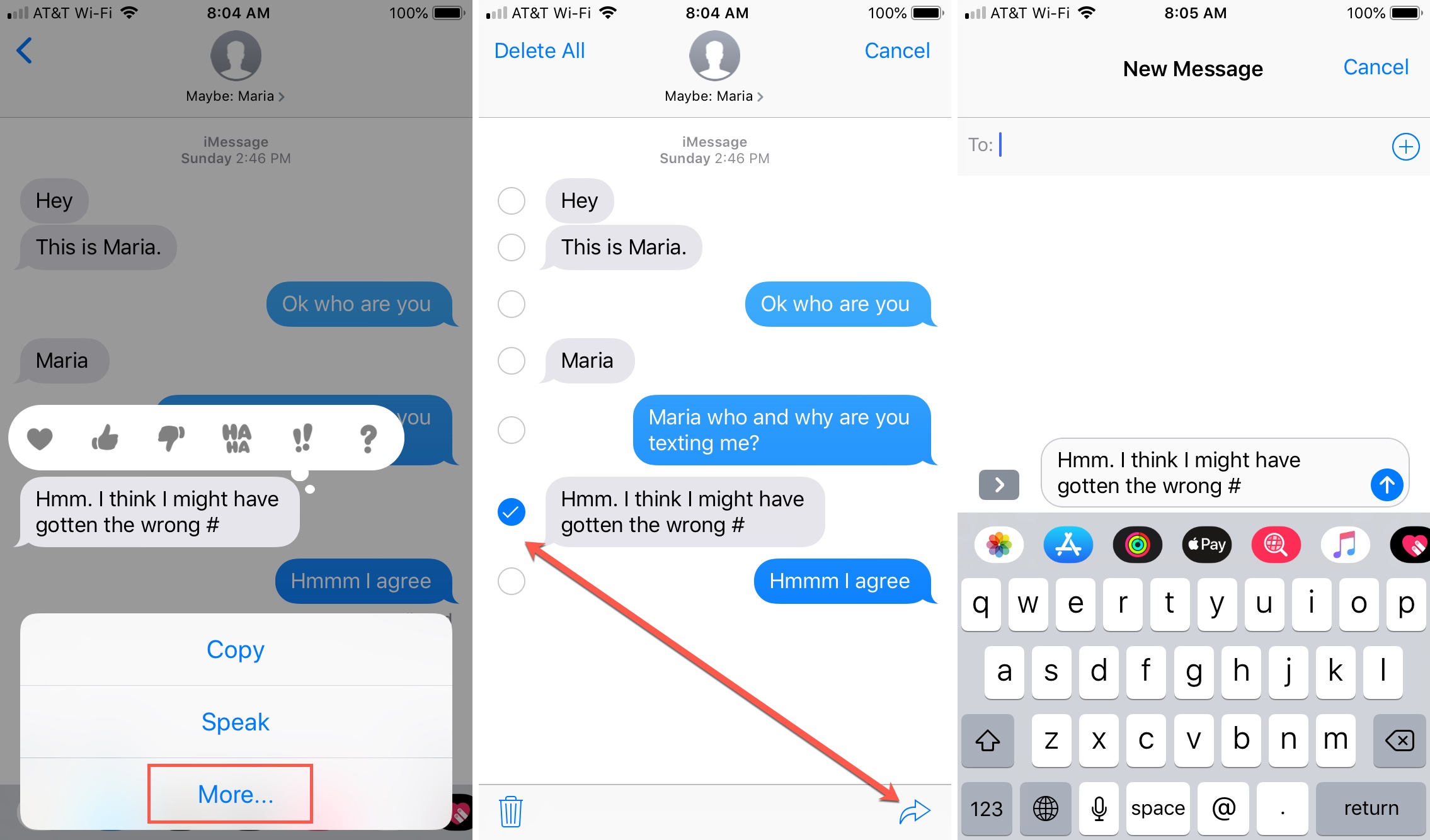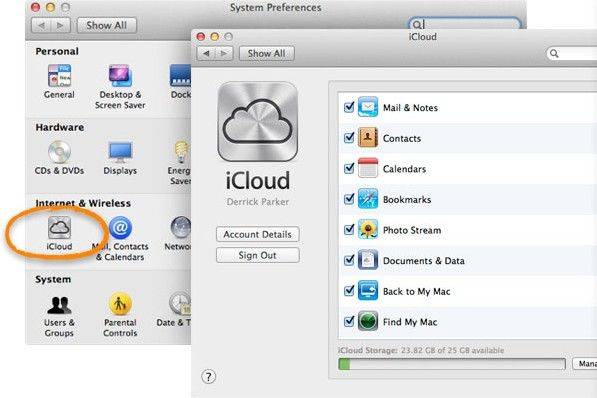Enable Text Message forwarding on your iPhone. Open the Messages app on your Mac. Click on the Compose New Message button. Enter the recipient number, or search from your contacts list. Type in the message and click the send button. You can see that the text message sending through your iPhone, but using your Mac. Fixing Text Forwarding on Your Mac If you’re having a similar problem on your Mac, then you need to delve into Messages’ settings to fix it. First, open Messages and then open the Preferences, either by clicking on the “Messages” menu or using the keyboard shortcut “Command +,”. For text message forwarding, users on our forums have reported that a combination of logging out and back into iCloud on their devices, turning iMessage off and on in the iPhone's Settings app.
- Text Message Forwarding Bugs For Mac Computers
- Text Message Forwarding Bugs For Mac Computer
- Text Message Forwarding Bugs For Mac Free
Israel-based security consultancy firm JSOF disclosed today seven Dnsmasq vulnerabilities, collectively known as DNSpooq, that can be exploited to launch DNS cache poisoning, remote code execution, and denial-of-service attacks against millions of affected devices.
Dnsmasq is a popular and open-source Domain Name System (DNS) forwarding software regularly used that adds DNS caching and Dynamic Host Configuration Protocol (DHCP) server capabilities to Internet-of-Things (IoT) and various other embedded devices.
Game 83: january 29, 2016the initials game. The full number or the name of all companies that use Dnsmasq versions vulnerable to DNSpooq attacks on their devices is not yet known.

/article-new/2014/10/phonecallmenu.jpg?lossy)
However, JSOF highlighted a list of 40 vendors in their advisory, including Android/Google, Comcast, Cisco, Redhat, Netgear, Qualcomm, Linksys, Netgear, IBM, D-Link, Dell, Huawei, and Ubiquiti.
Behind the DNSpooq vulnerabilities
Three of the DNSpooq vulnerabilities (tracked as CVE-2020-25686, CVE-2020-25684, CVE-2020-25685) allow for both DNS cache poisoning attacks (also known as DNS spoofing). Ice cream truck.
DNS Cache Poisoning is an attack method that allows threat actors to replace legitimate DNS records on a device with ones of their choosing.
Using this attack, threat actors can redirect users to malicious servers under their control, while to the visitors it appears as if they are visiting the legitimate site.
This allows the attackers to perform phishing attacks, credential theft, or to distribute malware from what is perceived as a trusted company.
The first DNS spoofing attack was disclosed by security researcher Dan Kaminsky in 2008 when he showed that DNS software can be exploited to steal data and impersonate any website name.
Antivirus for mac downloadbenchtree. 'Traffic that might be subverted includes regular Internet browsing as well as other types of traffic, such as emails, SSH, remote desktop, RDP video and voice calls, software updates, and so on,' JSOF's report explains.
Hypothetical attack scenarios also include JavaScript-fueled Distributed Denial of Service (DDoS), reverse DDOS, and wormable attacks in the case of mobile devices that switch networks regularly.
The rest of them are buffer overflow vulnerabilities tracked as CVE-2020-25687, CVE-2020-25683, CVE-2020-25682, and CVE-2020-25681 that could let attackers remotely execute arbitrary code on vulnerable networking equipment when Dnsmasq is configured to use DNSSEC.
Over 1 million vulnerable devices exposed
Text Message Forwarding Bugs For Mac Computers
Attacks exploiting the DNSpooq security bugs are quite easy to carry out and do not require any unusual techniques or tools.
'The attack can be completed successfully in seconds or a few minutes, and has no special requirements,' JSOF's technical whitepaper says [PDF].

Text Message Forwarding Bugs For Mac Computer
'We also found that many instances of dnsmasq are misconfigured to listen on the WAN interface, making the attack possible directly from the Internet.'
More than 1 million Dnsmasq servers are currently exposed on the Internet according to Shodan and over 630,000 according to BinaryEdge, with millions of other routers, VPNs, smartphones, tablets, infotainment systems, modems, access points, drones, and similar equipment not accessible over Internet also vulnerable to attacks.

'Some of the DNSpooq vulnerabilities allow for DNS cache poisoning and one of the DNSpooq vulnerabilities could permit a potential Remote Code execution that could allow a takeover of many brands of home routers and other networking equipment, with millions of devices affected, and over a million instances directly exposed to the Internet,' JSOF said.
Text Message Forwarding Bugs For Mac Free
Mitigation measures
To fully mitigate attacks attempting to exploit DNSpooq flaws, JSOF advises updating the Dnsmasq software to the latest version (2.83 or later).
JSOF also shares a list of (partial) workarounds for those who cannot immediately update Dnsmasq:
- Configure dnsmasq not to listen on WAN interfaces if unnecessary in your environment.
- Reduce the maximum queries allowed to be forwarded with the option--dns-forward-max=. The default is 150, but it could be lowered.
- Temporarily disable DNSSEC validation option until you get a patch.
- Use protocols that provide transport security for DNS (such as DoT or DoH). This will mitigate Dnspooq but may have other security and privacy implications. Consider your own setup, security goals, and risks before doing this.
- Reducing the maximum size of EDNS messages will likely mitigate some of the vulnerabilities. This, however, has not been tested and is against the recommendation of the relevant RFC5625.
Last year, JSOF also disclosed a collection of 19 vulnerabilities dubbed Ripple20 in the proprietary TCP/IP stack from Treck used in hundreds of millions of embedded devices across all industries.
Related Articles:
